Temperate Zone gardens change fast. The seasons can turn surprisingly rapidly. In winter the ground is a mixture of near-freezing mud and dead leaves and sticks. Then the hibernating winter soil, full of turgid roots and sleeping insects and larvae, changes to greasy spring soil exhaling its winter rot. The spring degassing is accompanied by a fantastic explosion of weeds in the disturbed soil of the garden. Weeds love disturbed soil. They must be pulled for both aesthetic and cultivation purposes, as competitors against the plants of our own choice.
But then there are Continental gardens, knot gardens, shrubberies and formalized beds, Dutch gardening, Versailles. Patterned gardens have been called metaphors for the conquest of nature. They could also be seen as humorous gardens, gardens designed to make you smile; or scientific gardens, designed to elevate landscaping to architecture and the mathematical. It is an awful lot of cost and work. Why do we do it?
Do we even have any hints about the answer to that? The best I can come up with is a parallel comparison. In our humanity we struggle high and low to make experience itself metaphorical. Poetry, song and story, music, sculpture and painting, the arts and sciences in general, are how we re-represent our physical presence in the world and our incidents and involvements large and small, whether with people or with plants and insects, to ourselves and others. We have to have these metaphorical structures. There is probably no one reason why.
Yesterday was wet, windy and chill. Despite the raw and emphatic weather, the redbuds reached full bloom, blooming directly from the bark as well as the limbs.
I don’t know why the shed was built in this way but I like the legacy. These are the actual stones that the builders rejected, as sung in the Psalms and referenced in passing by Mark, Judy Collins and The Byrds among others, and many a corner will they make, freed to live again in the sun and the wind and the rain.
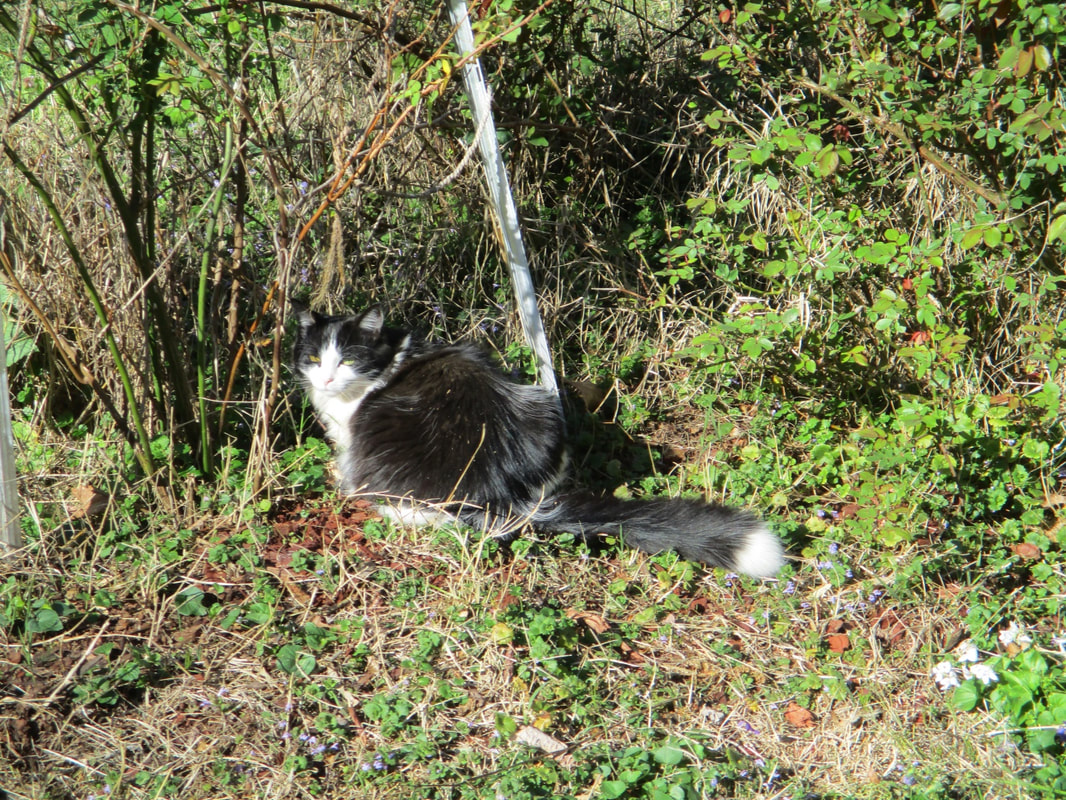
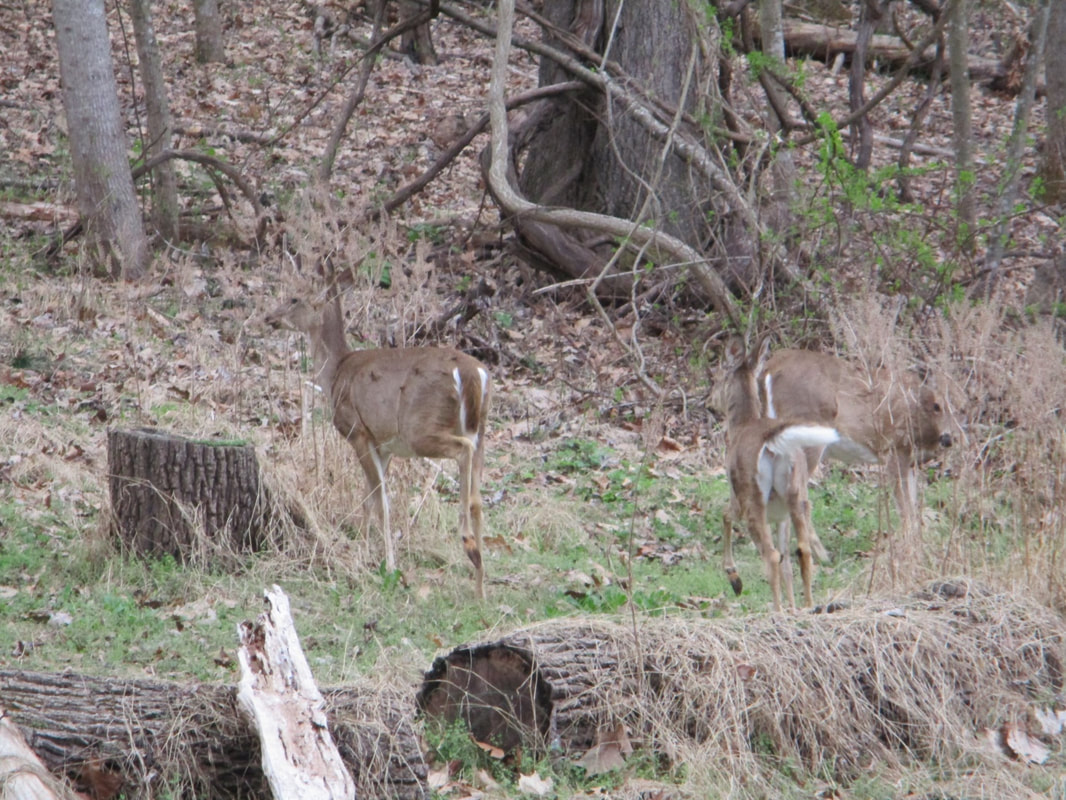


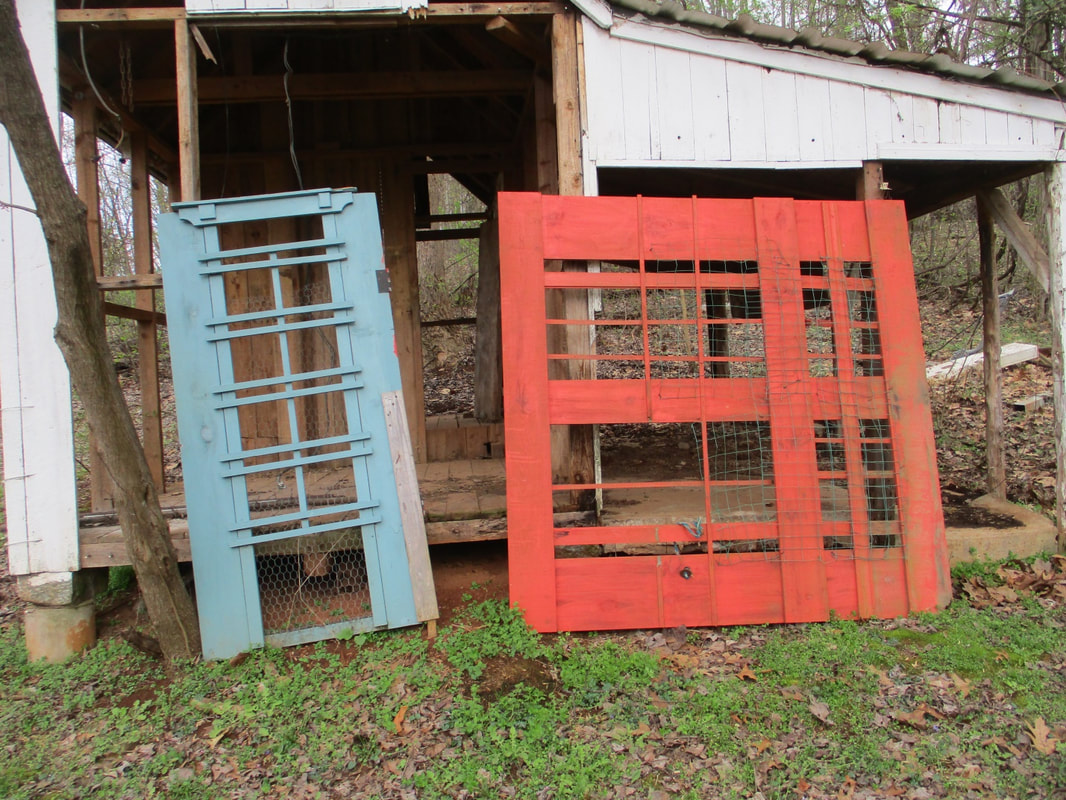
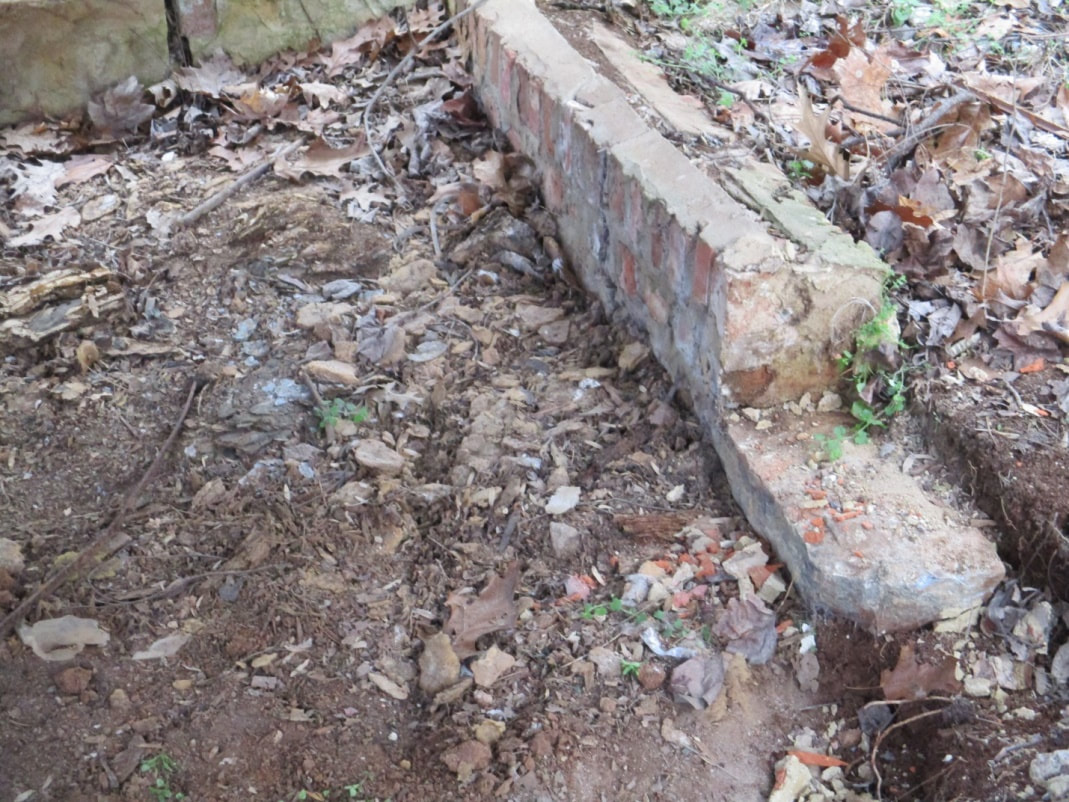
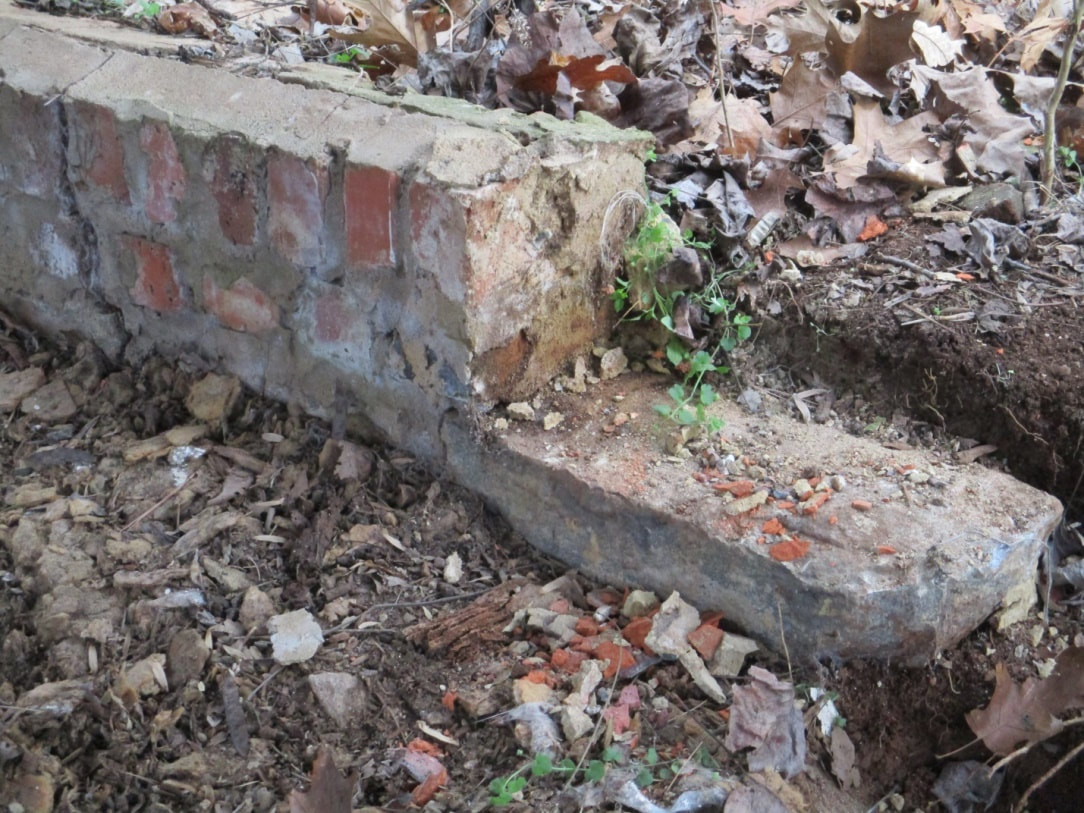
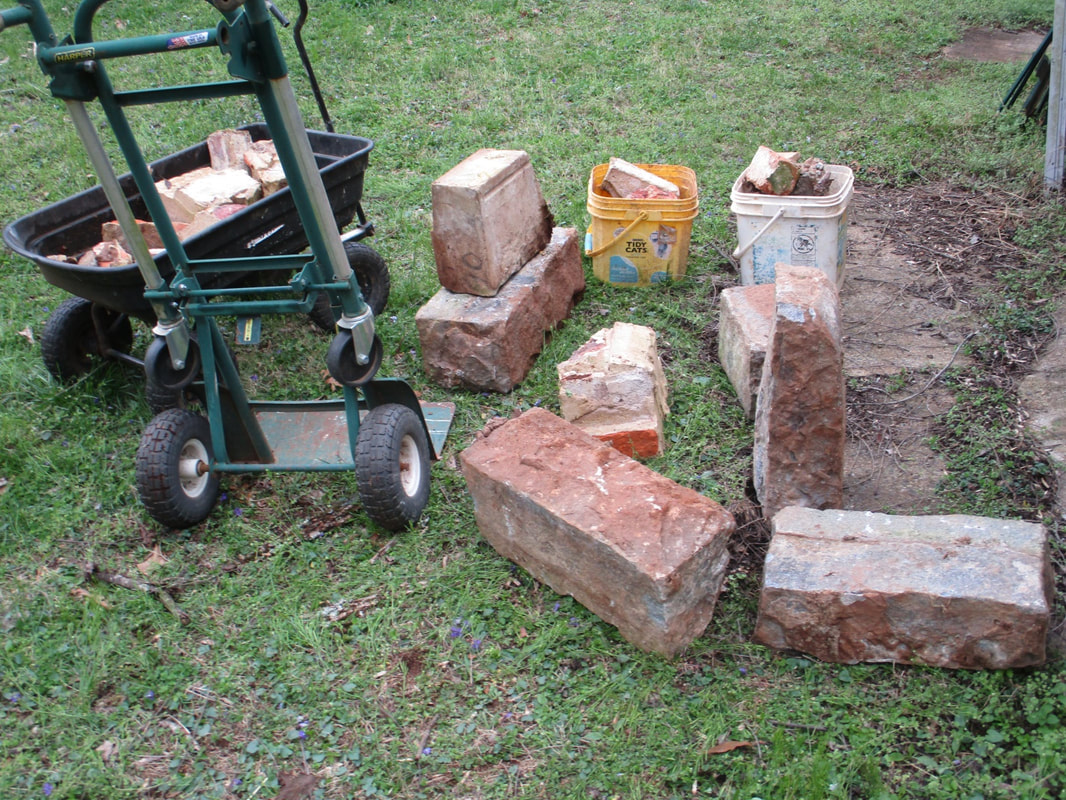

 RSS Feed
RSS Feed